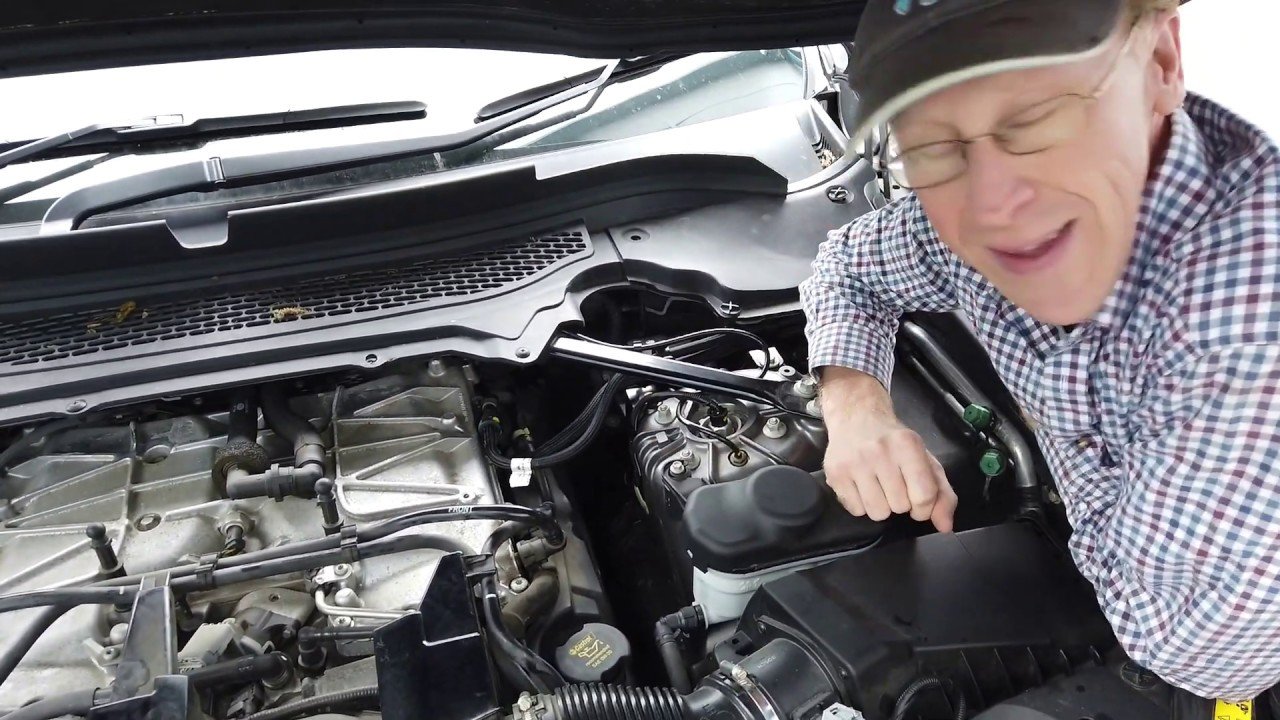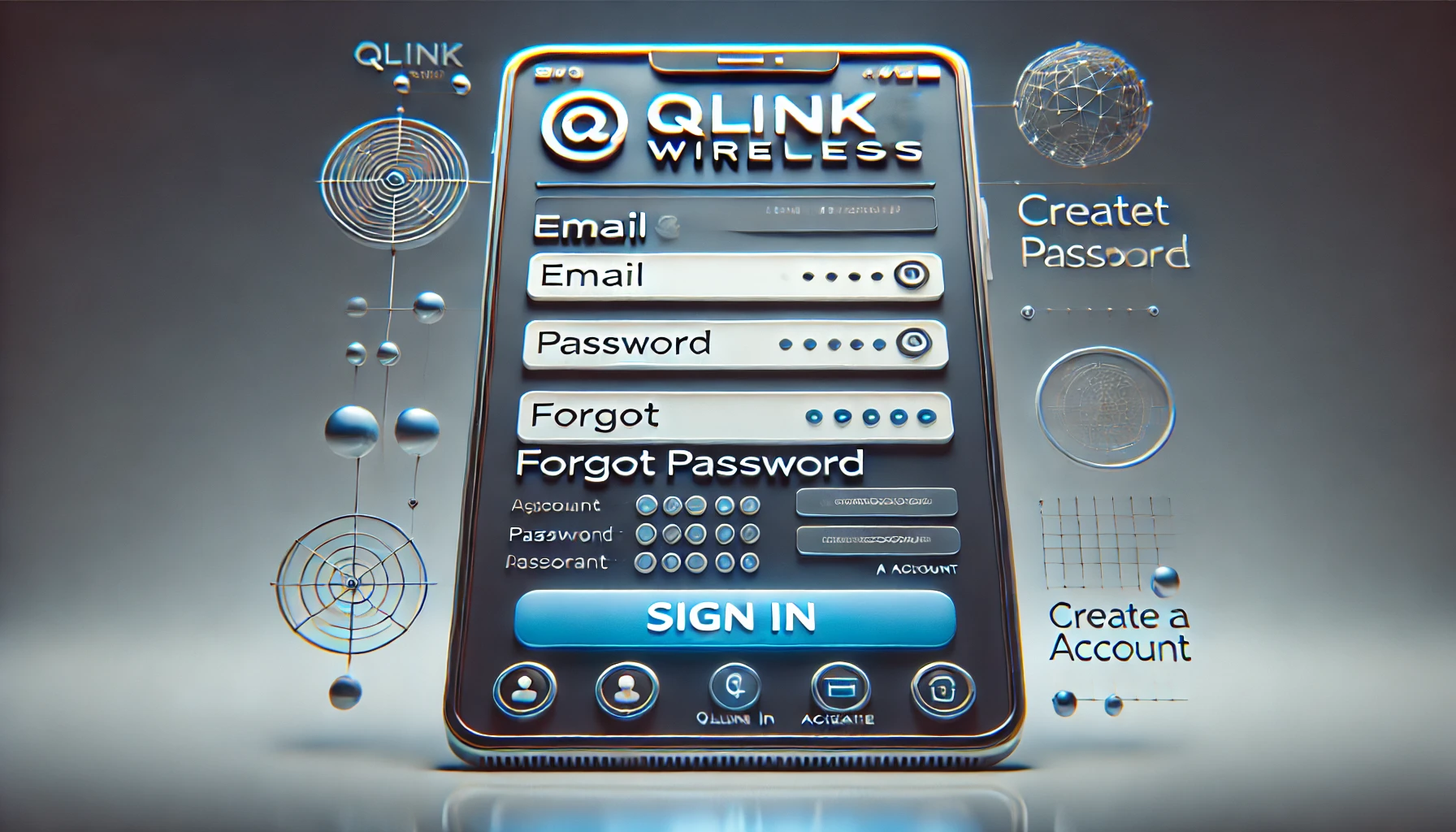The 2019 Range Rover Sport L494 is a marvel of modern automotive engineering, combining luxury, performance, and technology in one elegant package. However, like any vehicle, it can face mechanical issues, and one such problem is the lack of fuel pressure. When a Range Rover Sport L494 experiences no fuel pressure, it can lead to severe performance issues or even prevent the vehicle from starting altogether. This article will delve into the potential causes of no fuel pressure in the 2019 Range Rover Sport L494 and provide practical solutions to get your vehicle back on the road.
Understanding Fuel Pressure in the 2019 Range Rover Sport L494
Fuel pressure is a crucial element in any internal combustion engine. It ensures that fuel is delivered to the engine at the correct pressure and volume, enabling the engine to perform efficiently. In the 2019 Range Rover Sport L494, the fuel system is highly sophisticated, featuring advanced sensors and a fuel pump that works in conjunction with the engine control unit (ECU) to maintain optimal fuel pressure.
Symptoms of No Fuel Pressure
When there is no fuel pressure in your 2019 Range Rover Sport L494, you might notice several symptoms that indicate a problem. These symptoms include:
- Engine Cranking But Not Starting: The engine may turn over but fail to start due to a lack of fuel supply.
- Sudden Engine Stalling: The engine might start but then stall unexpectedly, often without warning.
- Reduced Power and Performance: You may experience a significant drop in power, especially when accelerating.
- Check Engine Light: The vehicle’s onboard diagnostics system may trigger a check engine light, indicating a fuel-related issue.
- No Fuel Pressure Reading: Using a fuel pressure gauge, you may notice zero or abnormally low readings.
Common Causes of No Fuel Pressure in the 2019 Range Rover Sport L494
Several factors could lead to no fuel pressure in your Range Rover Sport L494. Understanding these causes can help in diagnosing and fixing the problem effectively.
1. Fuel Pump Failure
The fuel pump is the heart of the fuel system, responsible for delivering fuel from the tank to the engine. If the fuel pump fails, there will be no fuel pressure, rendering the engine inoperable. The fuel pump could fail due to wear and tear, electrical issues, or contamination.
2. Clogged Fuel Filter
A clogged fuel filter can restrict the flow of fuel to the engine, leading to low or no fuel pressure. Over time, contaminants in the fuel can accumulate in the filter, causing it to clog and impede fuel flow.
3. Faulty Fuel Pressure Regulator
The fuel pressure regulator maintains the correct fuel pressure in the fuel rail. A malfunctioning regulator can cause either too high or too low fuel pressure. In some cases, it may fail entirely, leading to no fuel pressure.
4. Electrical Issues
Electrical problems, such as a blown fuse, faulty relay, or damaged wiring, can disrupt the power supply to the fuel pump, resulting in no fuel pressure. Checking the electrical connections and fuses is essential in diagnosing this issue.
5. Faulty Engine Control Unit (ECU)
The ECU controls many aspects of the vehicle, including the fuel system. A malfunctioning ECU may not send the correct signals to the fuel pump or other components, leading to no fuel pressure.
6. Fuel Line Leaks
Leaks in the fuel line can cause a drop in fuel pressure. A visual inspection of the fuel lines for any signs of leakage is necessary to rule out this issue.
Diagnosing No Fuel Pressure Issues in the 2019 Range Rover Sport L494
Diagnosing the cause of no fuel pressure in your Range Rover Sport L494 involves a systematic approach. Here are the steps to follow:
1. Check the Fuel Pump: Start by listening for a humming sound from the fuel tank when you turn the ignition key to the ON position. If you don’t hear anything, the fuel pump may be faulty.
2. Inspect the Fuel Filter: Check the fuel filter for any signs of clogging or contamination. Replace it if necessary.
3. Test the Fuel Pressure: Use a fuel pressure gauge to measure the pressure in the fuel rail. Compare the readings with the manufacturer’s specifications to determine if there is a problem.
4. Examine the Fuel Pressure Regulator: Inspect the fuel pressure regulator for signs of failure, such as leaks or a stuck diaphragm.
5. Check Electrical Components: Inspect the fuses, relays, and wiring associated with the fuel system. Replace any faulty components.
6. Scan the ECU: Use an OBD-II scanner to check for any error codes that may indicate an ECU problem. Address any issues found.
Fixing No Fuel Pressure in the 2019 Range Rover Sport L494
Once you have identified the cause of the no fuel pressure issue, you can proceed with the appropriate repair. Here are some common fixes:
1. Replacing the Fuel Pump
If the fuel pump is faulty, it will need to be replaced. This task typically involves removing the fuel tank to access the pump, so it is advisable to have a professional mechanic handle it.
2. Changing the Fuel Filter
A clogged fuel filter should be replaced with a new one. This is a relatively simple task that can be done with basic tools.
3. Replacing the Fuel Pressure Regulator
If the fuel pressure regulator is malfunctioning, replace it with a new one to restore proper fuel pressure.
4. Repairing Electrical Issues
If the issue is electrical, repair or replace any damaged wiring, fuses, or relays. Ensure that the fuel pump is receiving the correct voltage.
5. Addressing ECU Problems
If the ECU is faulty, it may need to be reprogrammed or replaced. This is a complex task that should be performed by a qualified technician.
6. Fixing Fuel Line Leaks
Repair any leaks in the fuel lines by replacing the damaged sections. Ensure that all connections are secure to prevent future leaks.
Preventive Maintenance for the 2019 Range Rover Sport L494 Fuel System
To avoid future issues with no fuel pressure, it’s essential to perform regular maintenance on your vehicle’s fuel system. Here are some tips:
- Regularly Replace the Fuel Filter: Replace the fuel filter at the intervals recommended by the manufacturer to prevent clogging.
- Use High-Quality Fuel: Using high-quality fuel reduces the risk of contaminants entering the fuel system.
- Inspect the Fuel Pump and Lines: Periodically inspect the fuel pump and lines for signs of wear, damage, or leaks.
- Keep the Fuel Tank Clean: Avoid running the vehicle on a nearly empty tank, as this can lead to sediment buildup that may clog the fuel filter.
Conclusion
Addressing no fuel pressure in your 2019 Range Rover Sport L494 is critical for maintaining the performance and reliability of your vehicle. By understanding the potential causes and following a systematic approach to diagnosis and repair, you can effectively resolve the issue and prevent it from recurring. Regular maintenance and prompt attention to any fuel system issues will ensure that your Range Rover Sport continues to deliver the luxury and performance you expect. If you’re unsure about tackling these repairs yourself, seeking the help of a professional mechanic is always a wise choice.
FAQs
Why does my 2019 Range Rover Sport L494 have no fuel pressure?
No fuel pressure in your 2019 Range Rover Sport L494 could be due to a faulty fuel pump, clogged fuel filter, defective fuel pressure regulator, electrical issues, or problems with the ECU.
How can I diagnose no fuel pressure in my Range Rover Sport L494?
Diagnose the issue by checking the fuel pump, testing the fuel pressure, inspecting the fuel filter, examining the fuel pressure regulator, and checking for any electrical or ECU issues.
What should I do if my Range Rover Sport L494 has no fuel pressure?
If you have no fuel pressure, inspect and replace the faulty components, such as the fuel pump, filter, or pressure regulator. Address any electrical or ECU issues.
Can a clogged fuel filter cause no fuel pressure in my 2019 Range Rover Sport L494?
Yes, a clogged fuel filter can restrict fuel flow, leading to low or no fuel pressure.
Is it safe to drive my Range Rover Sport L494 with no fuel pressure?
No, driving with no fuel pressure can cause severe engine damage or leave you stranded. It’s crucial to address the issue immediately.
How often should I replace the fuel filter in my 2019 Range Rover Sport L494?
Follow the manufacturer’s recommended maintenance schedule, which typically suggests replacing the fuel filter every 30,000 to 40,000 miles.





